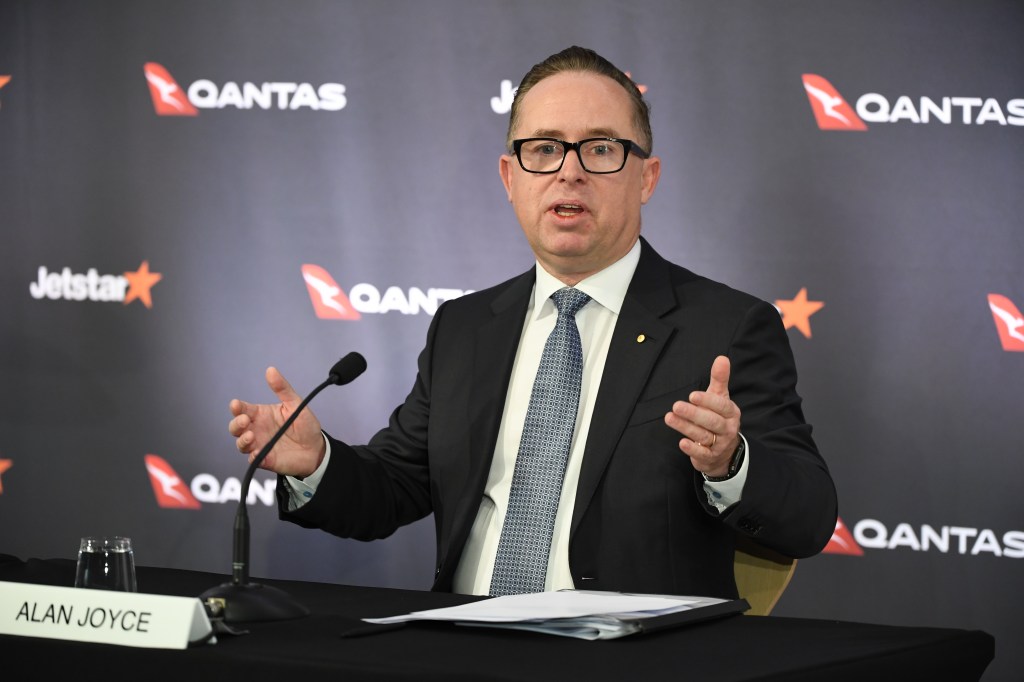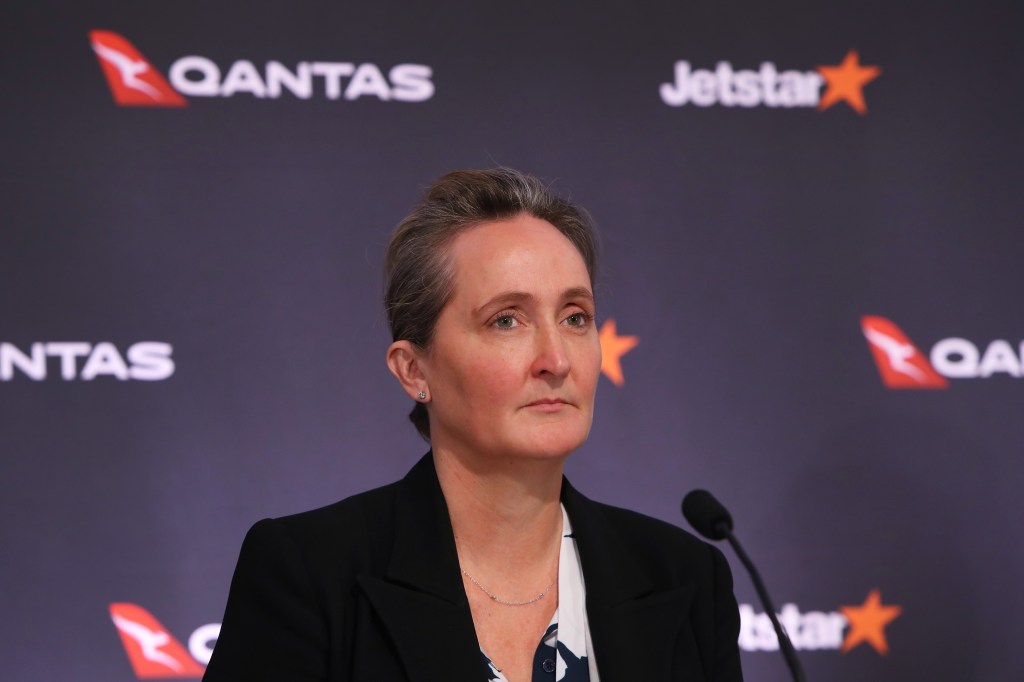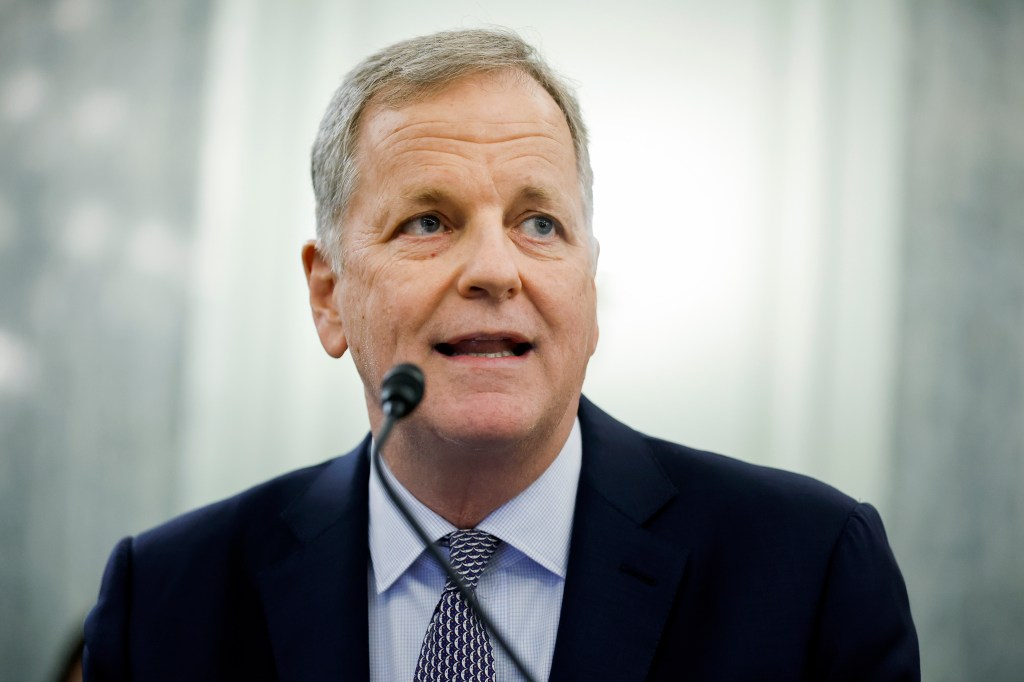Qantas has announced an estimated underlying profit before tax of around $2.4 billion for FY23, claiming “strong travel demand” and the completion of its three-year recovery program have contributed to the result.

The company has also reshuffled its board for the second time in a month, announcing the appointment of former American Airlines CEO and Chairman, Doug Parker, and the retirement of long-serving Qantas director Michael L’Estrange AO in November.
Outgoing Qantas Group CEO Alan Joyce – who will be replaced by Vanessa Hudson when he retires in November – describes trading conditions as “very positive” as the international airline industry continues to recover from a very difficult few years. He said while airlines remain “capacity constrained”, the appetite for travel remains strong, “so there’s still a mismatch between supply and demand that’s likely to persist for some time, especially for international flying”.
Qantas says more flights took place in the second half of the financial year as new aircraft have joined its fleet and more widebody jets return from long-term storage post-COVID. Its domestic flight capacity is expected to be above pre-covid levels – with a large increase in demand for flights between Melbourne, Sydney and Brisbane. Joyce says the company is on track to deliver another eight new aircraft before the end of the calendar year and it’s working hard to bring its stored aircraft through “heavy maintenance” to get them back in the air.
While demand for international travel continues to increase, capacity for Qantas international flights sits at around 80% of pre-COVID levels because of supply issues, such as a three-month delay in restarting Melbourne-Hong Kong due to a shortage of ground handlers. The company says international flights will “ramp up” from October 2023, seeing flights return to above pre-COVID levels by March next year.
“More parts of the aviation supply chain are returning to normal, which means we’re able to put some of the spare aircraft and crew we kept in reserve back in the schedule. That’s combining with lower fuel prices to help put downward pressure on fares, which is good news for customers,” Joyce said.
“We called out an extra $200 million of overheads in FY23 because of the operational buffer we put in place, which can now start to roll off. Five of the aircraft that were in reserve last Christmas will be back flying by the end of this half.”

Qantas says that while fare levels have moderated since the first half of 2023, the yields of domestic and international flights will remain “materially about pre-COVID levels throughout FY24”. Despite having fewer flights across its international routes, group international revenue intakes were up 123% on pre-COVID levels. Domestic group revenue was up 118% was pre-COVID levels, the airline said.
Qantas’ net debt is expected to sit at between $2.7 and $2.9 billion, significantly below the bottom of its revised target range of $3.7 billion to $4.6 billion. Qantas’ Loyalty program is expected to reach the top end of its FY23 EBIT target of $425 million to $450 million.
“As expected, costs associated with the operational buffer the group applied to improve reliability are starting to roll off as the industry stabilises, enabling spare capacity to become revenue generating,” the company said in a statement.
The Qantas board has increased the existing on-market buy-back by up to $100 million. The existing buy-back of up to $500 million was announced in February and is now 78% complete at an average price of $6.49 per share. It announced it is on track to achieve its revised capital expenditure target of $2.6 billion to $2.7 billion for FY23, including forward payments for aircraft due for delivery in future years.
More changes at the helm
Incoming Qantas director Doug Parker, the former CEO of American Airlines, is understood to have developed a strong relationship with Qantas years ago when the two companies completed a joint venture. Qantas Chairman Richard Goyder says Parker’s appointment to the board will give “depth and breadth of experience” to the company as it “entered its next phase in its history.
“There are few people with as much experience running airlines as Doug. He’s spent more than two decades as an airline CEO in North America, including eight years heading up the world’s largest airline. The knowledge and perspective he’ll bring to the Board will be a huge asset as we grow in the years ahead,” Goyder says.

Meanwhile, Parker says he is looking forward to joining a company that has persevered through COVID and now is looking to its new phase of growth.
“Qantas has always been one of the world’s great airlines and it has clearly come through the pandemic in a very strong position. I’m honoured to be joining the board at a time when there is a lot of momentum and I look forward to doing what I can to support that,” he says.
Forbes Australia issue no.4 is out now. Tap here to secure your copy or become a member here.
Look back on the week that was with hand-picked articles from Australia and around the world. Sign up to the Forbes Australia newsletter here.



